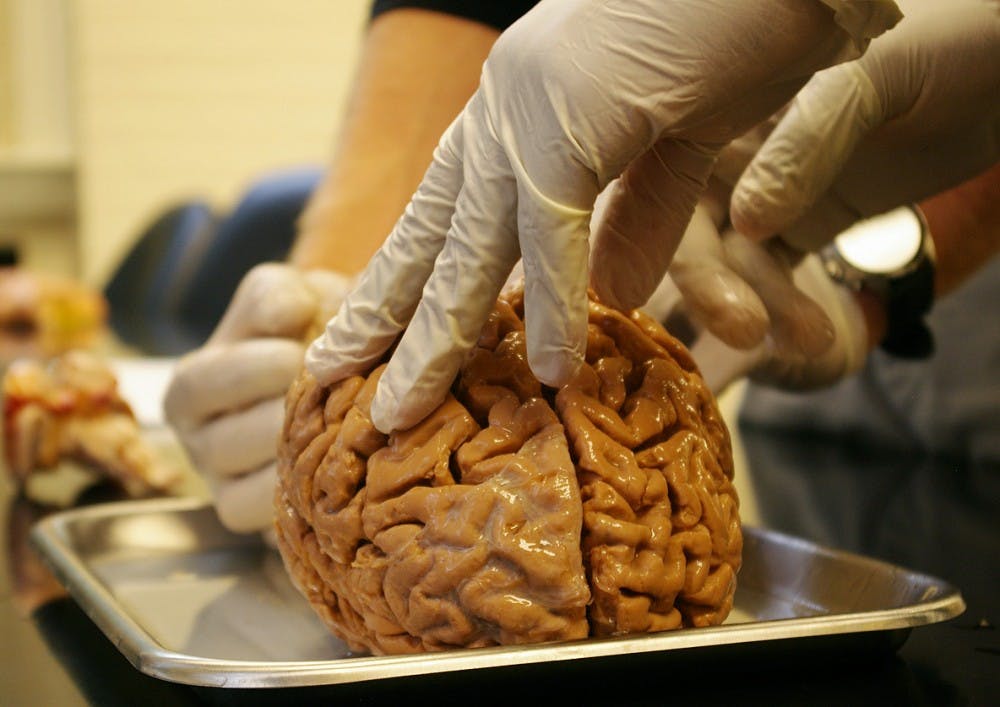To bring awareness to neurotraumatic injuries in athletes, notable speakers and medical experts convened at Kenan Memorial Stadium’s Blue Zone for the 5th Matthew Gfeller Sport-Related Neurotrauma Symposium from March 8 to 9.
With neurotraumatic injuries being more common in athletes who play contact sports, the symposium aimed to shed new light on current treatment options for neurotraumatic injuries.
“The main goal of the symposium is to get the newest evidence and best practices out to the clinicians and researchers who are trying to better care for and understand concussions in athletics in society and in the military,” said Johna Register-Mihalik, an assistant professor in athletic training at UNC.
The event was sponsored by the Matthew A. Gfeller Sport-Related Traumatic Brain Injury Research Center, the UNC Department of Exercise and Sports Science and the UNC College of Arts and Sciences.
The symposium featured keynote speakers Dr. Allen Sills, the National Football League’s chief medical officer, former NASCAR driver Dale Earnhardt, Jr. and Dr. Micky Collins, director and founding member of the UPMC’s Sports Medicine Concussion Program.
Symptoms of neurotraumatic injuries can be wide-ranging and vary in severity, but the most common are headache, temporary loss of consciousness, confusion, dizziness, slurred speech and vomiting.
Sills gave the Academic Keynote Address portion of the symposium about the future of football.
With recent controversies surrounding helmet rules and the number of concussions experienced by NFL players at a six-year high in 2017, the NFL has been facing pressure to better protect its athletes.
“We made about 47 rules changes over the last 15 years,” Sills said.



